Mallee Hemichroa
Display all 10 images
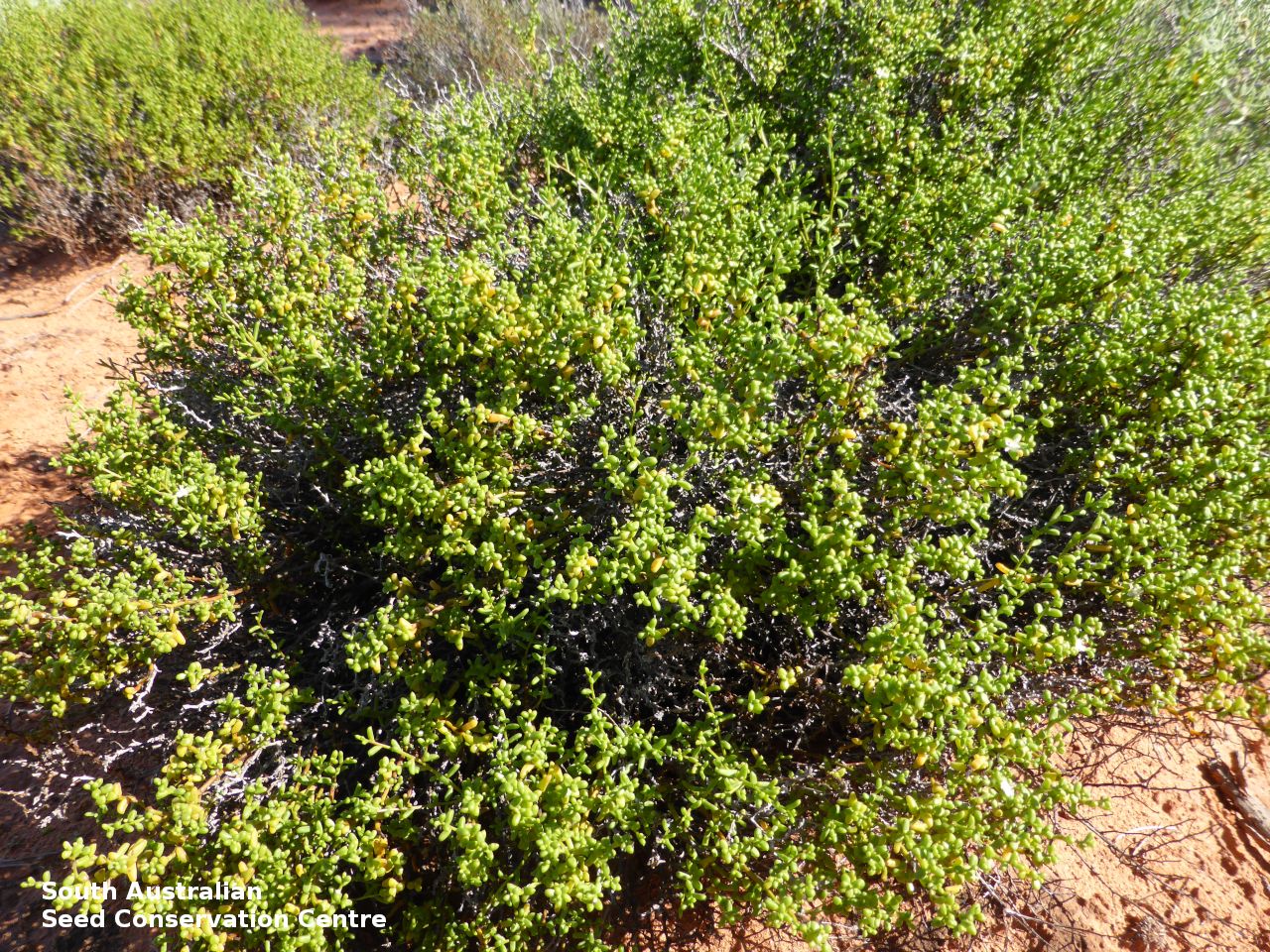
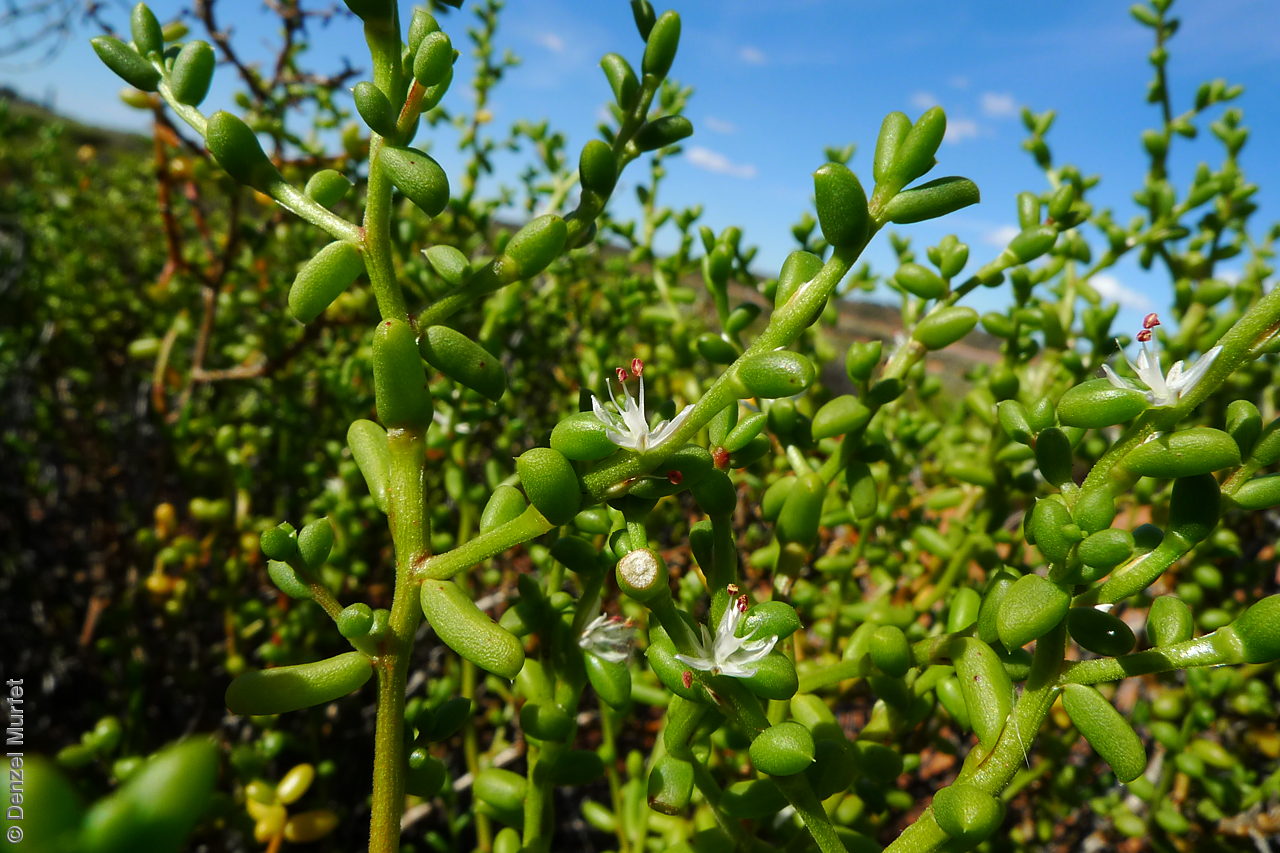
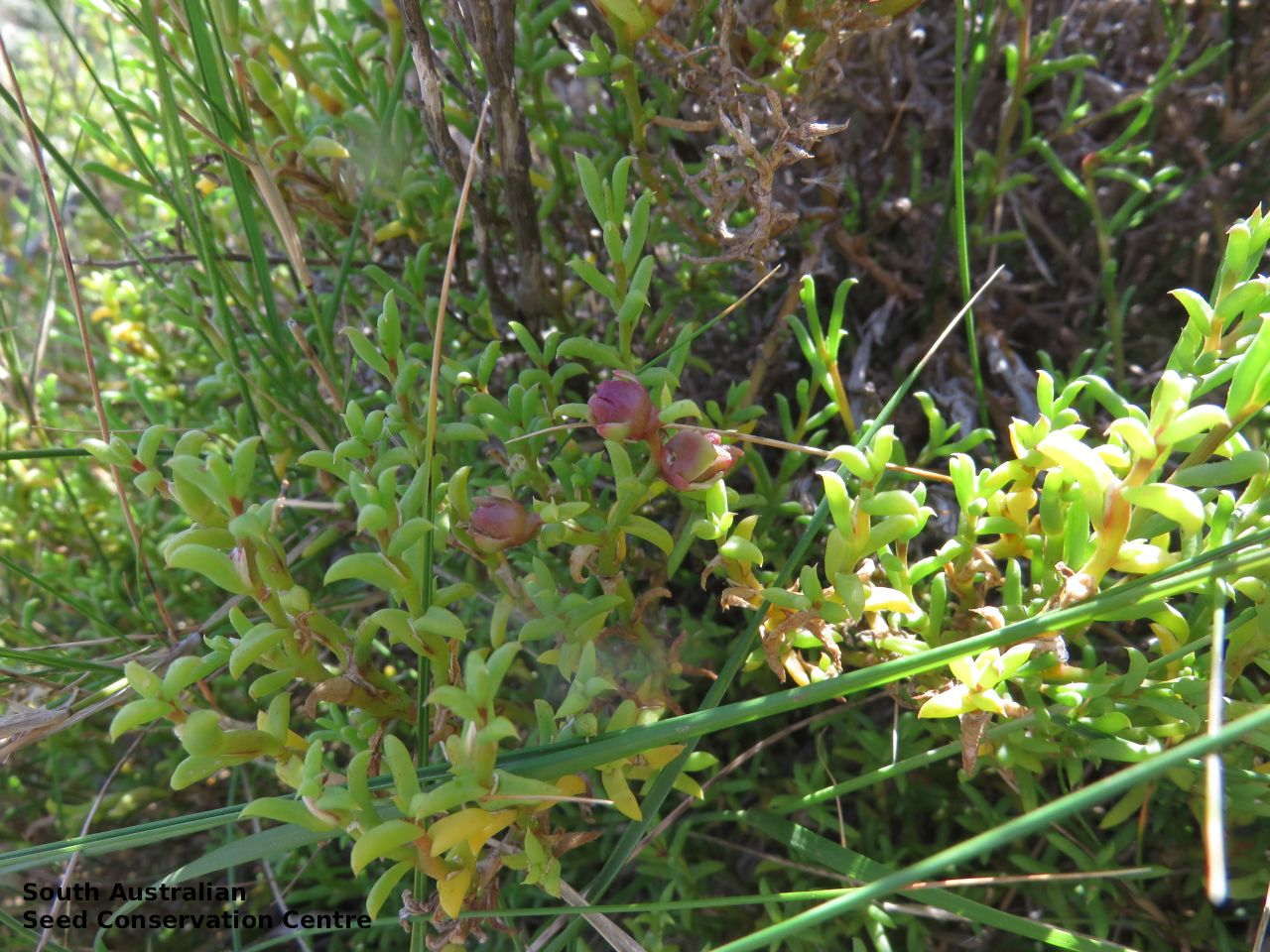
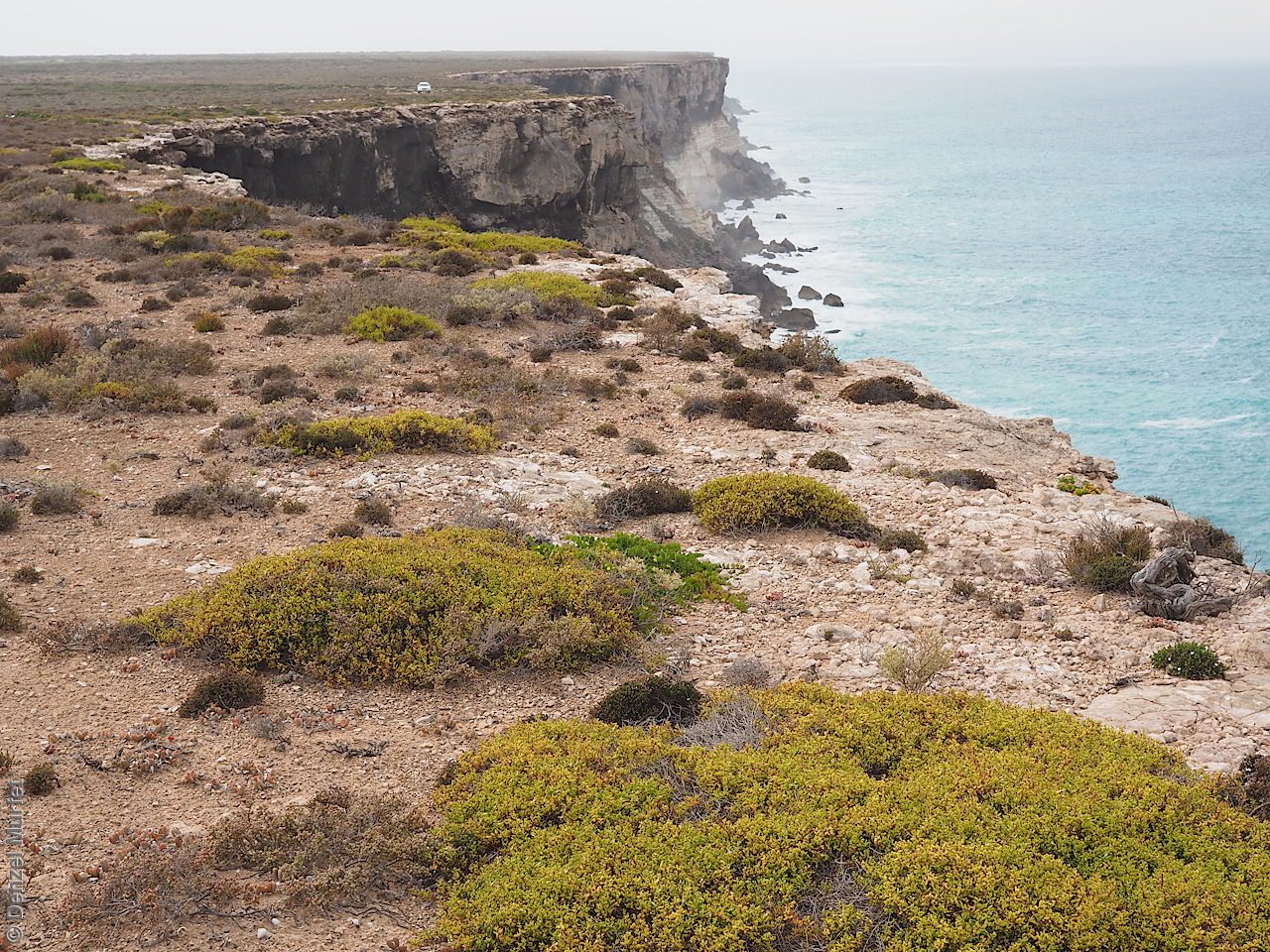
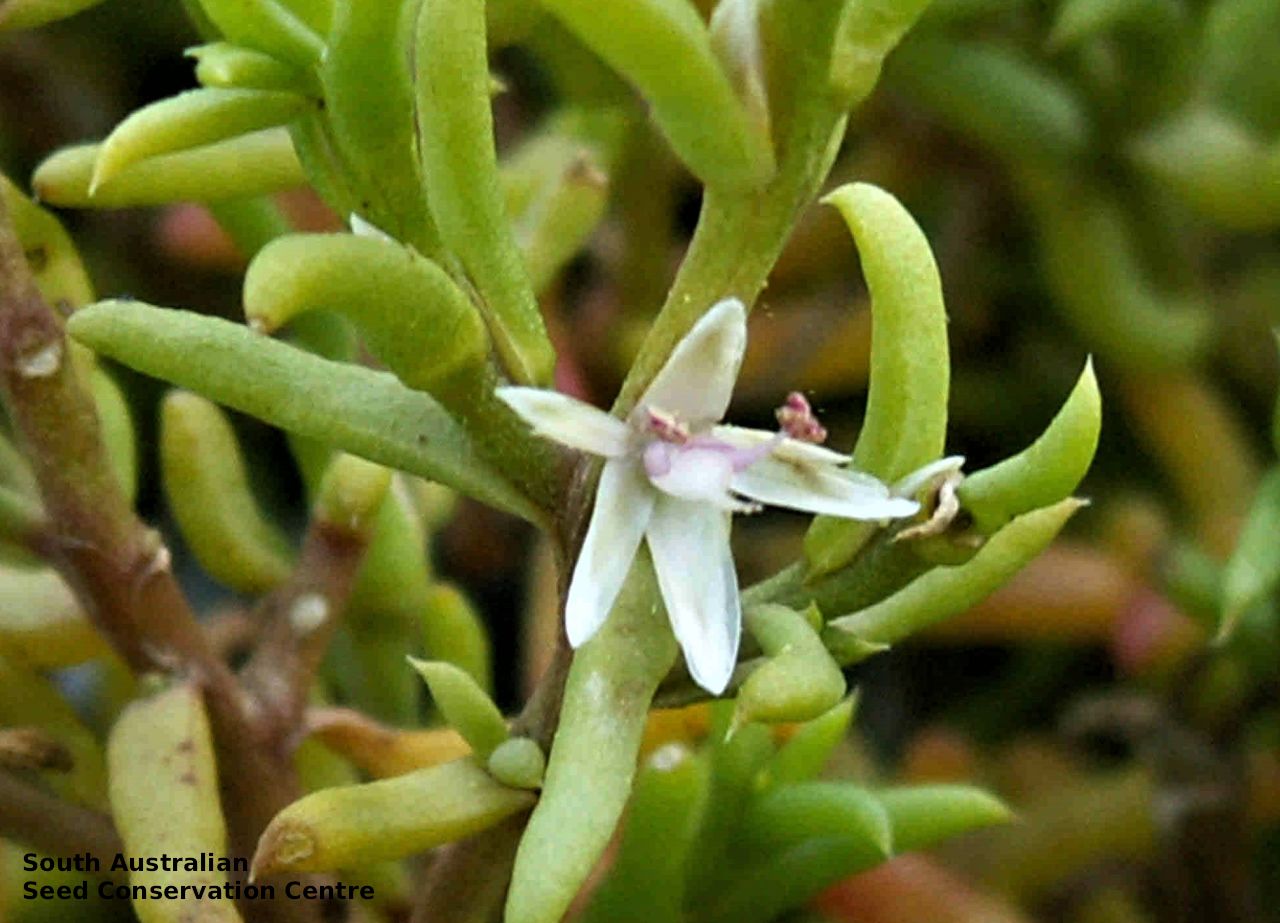
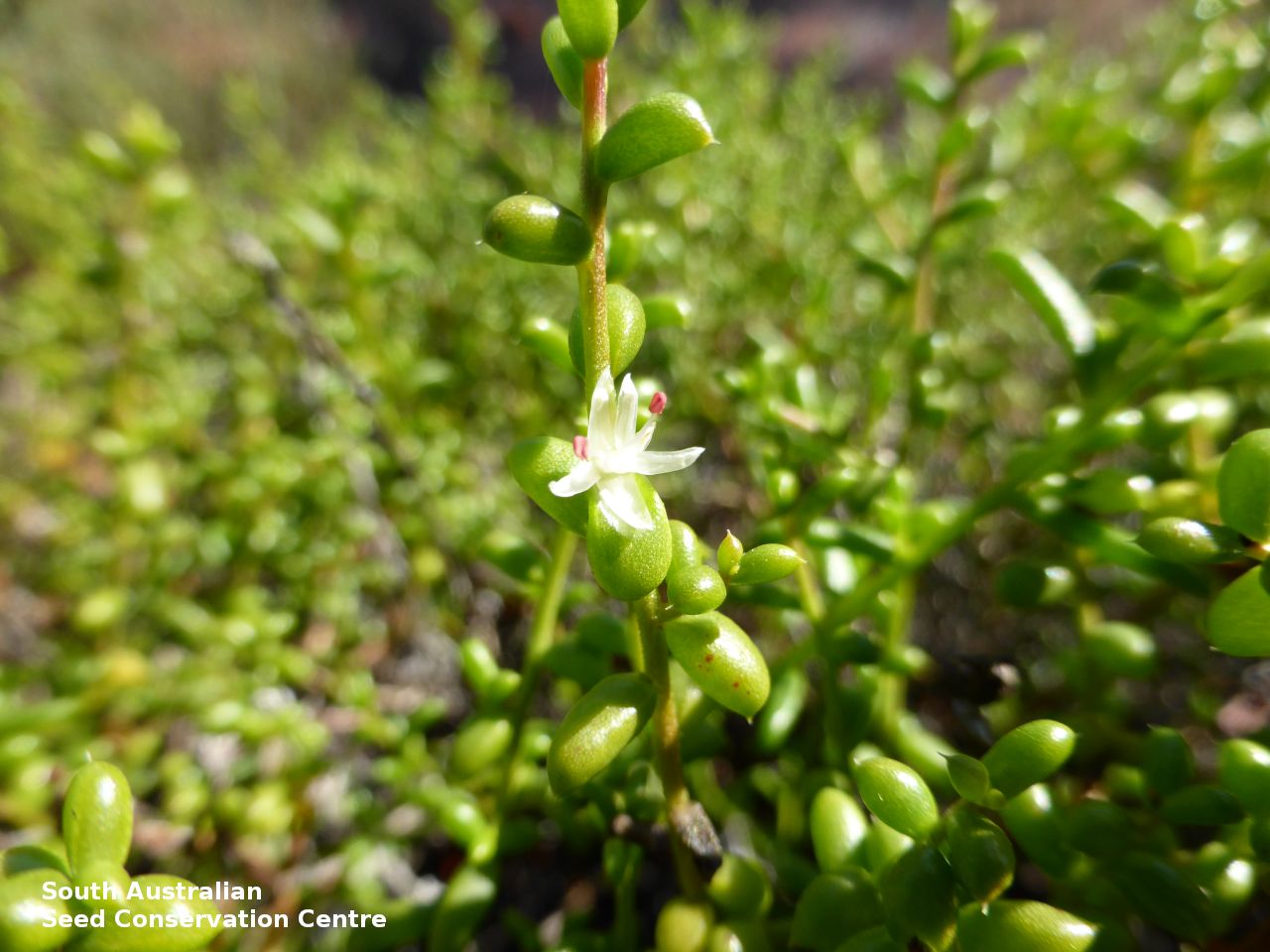
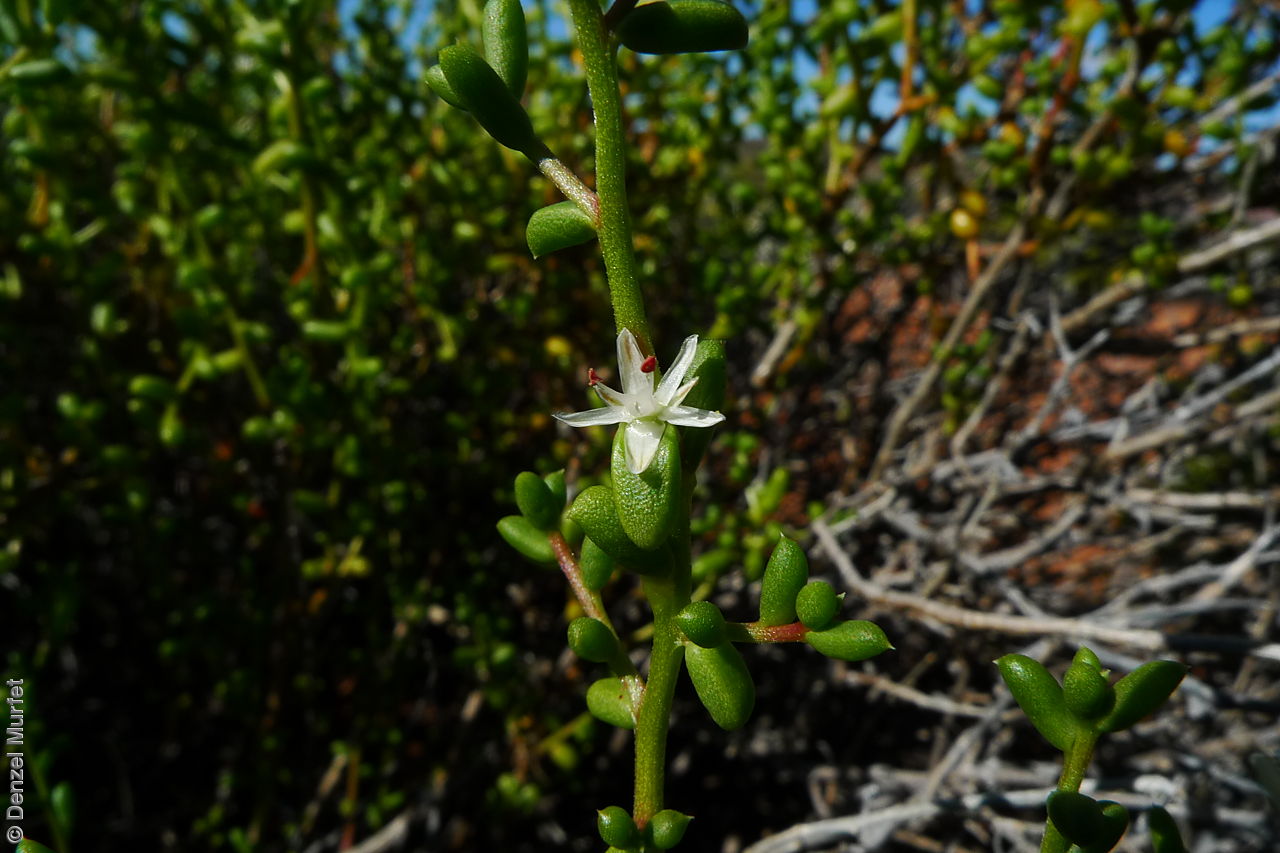
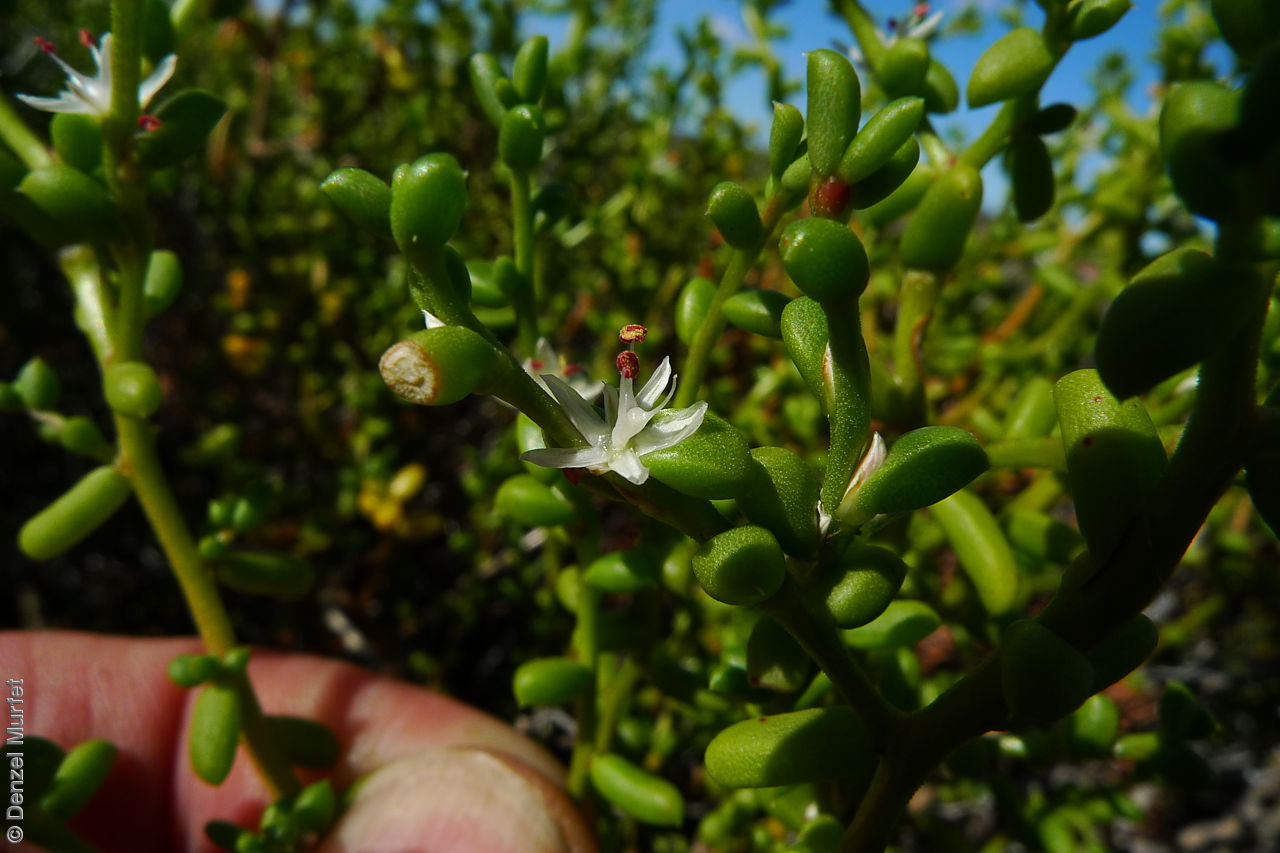

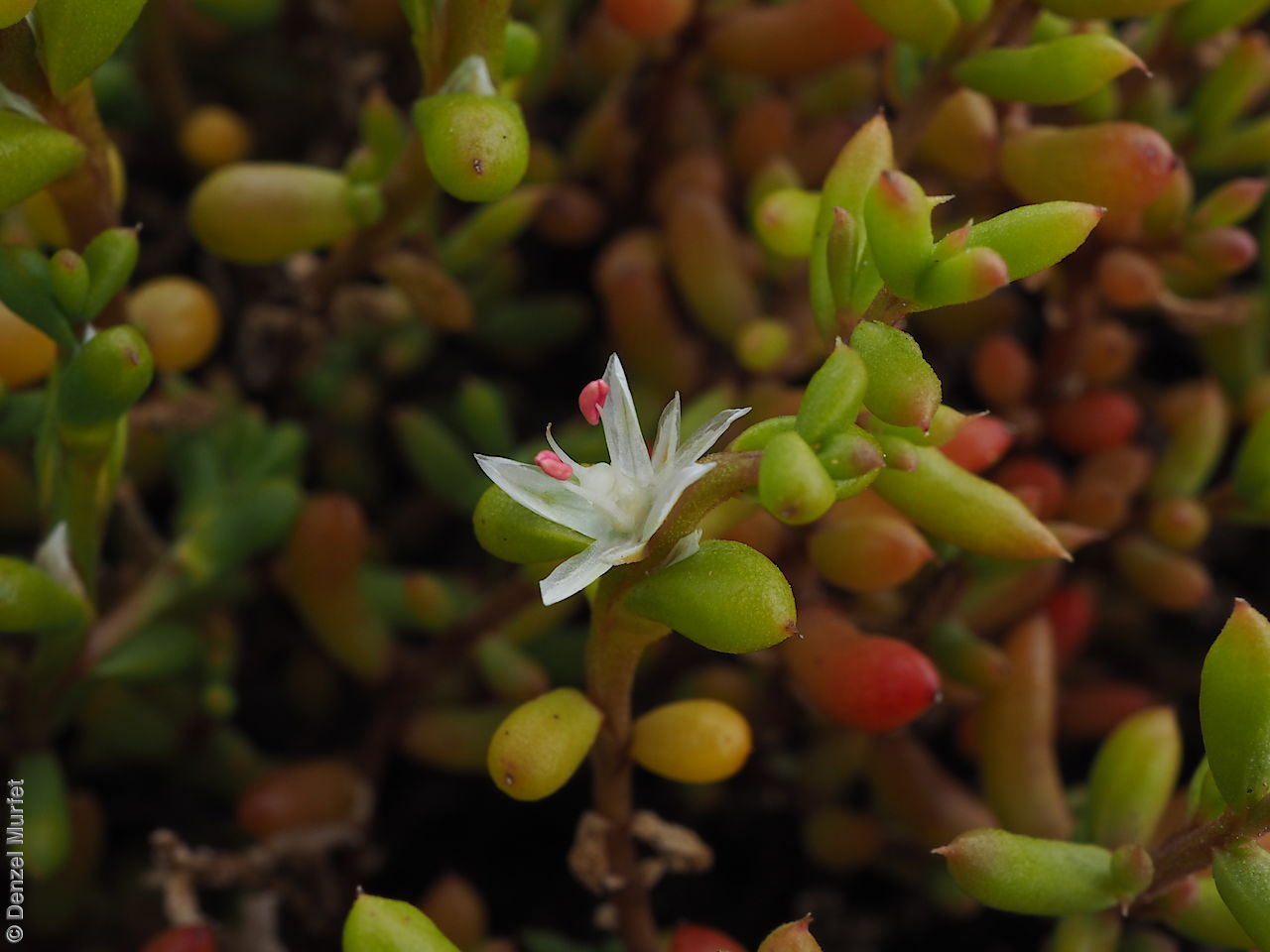
Regional Species Conservation Assessments per IBRA subregion.

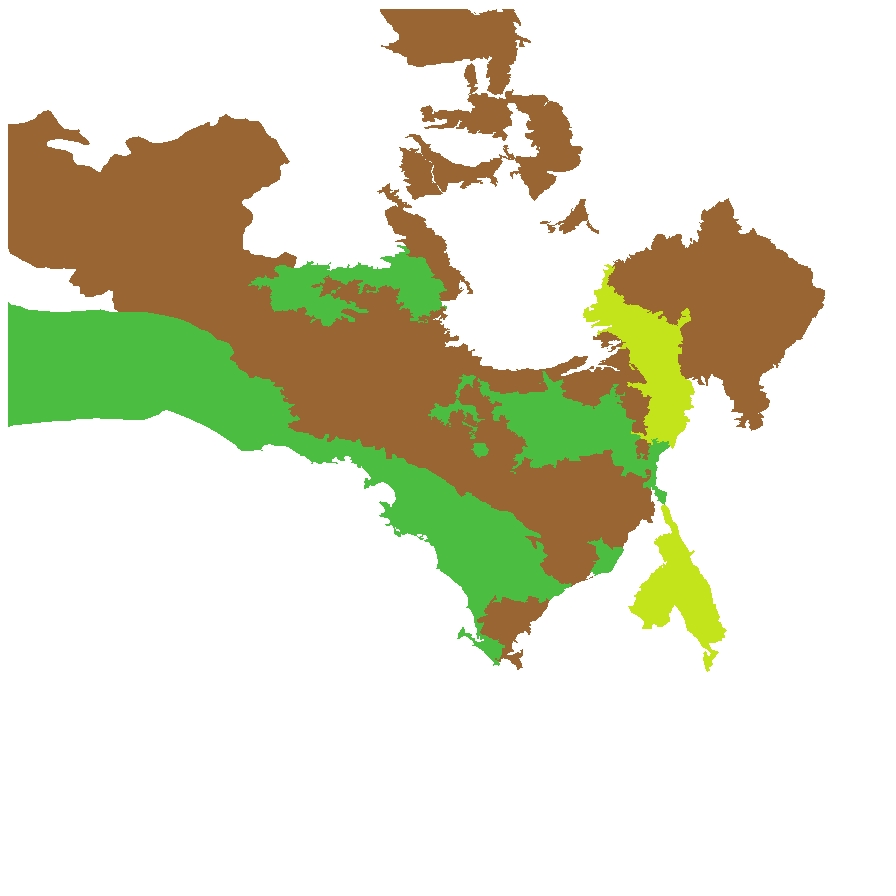
Least concern
Near threatened
Rare
Vulnerable
Endangered
Critically endangered
Extinct
Data deficient
Adelaide
Arkaroola
Ceduna
Coober Pedy
Hawker
Innamincka
Marla
Marree
Mount Gambier
Oodnadatta
Renmark
Wudinna
Keith
Yunta
Display IBRA region text
| Northern Flinders (FLB05) | Flinders Lofty Block | Rare (IUCN: RA d(i,ii)) [likes sandy, salty claypans] |
| St Vincent (EYB02) | Eyre Yorke Block | Near Threatened (Probable Decline) [salty, calcareous soils, coastal, habitats restricted] |
| Eyre Hills (EYB03) | | Rare (IUCN: RA d(ii)) (Probable Decline) [in samphires] |
| Talia (EYB04) | | Least Concern |
| Eyre Mallee (EYB05) | | Least Concern |
| Myall Plains (GAW01) | Gawler | Rare (IUCN: RA d(i,ii)) [restricted] |
| Gawler Volcanics (GAW02) | | Rare (IUCN: RA d(ii)) |
| Gawler Lakes (GAW03) | | Least Concern |
| Arcoona Plateau (GAW04) | | Rare (IUCN: RA d(i,ii)) [restricted] |
| Kingoonya (GAW05) | | Rare (IUCN: RA d(i,ii)) [restricted] |
| Torrens (GAW06) | | Near Threatened [likes sandy, salty claypans] |
| Commonwealth Hill (GAW08) | | Least Concern [likes sandy, salty claypans] |
| Maralinga (GVD03) | Great Victoria Desert | Rare (IUCN: RA d(ii)) |
| Yellabinna (GVD06) | | Rare (IUCN: RA d(ii)) |
| Nullarbor Plain (NUL02) | Nullarbor | Least Concern |
| Yalata (NUL03) | | Least Concern |
| Hampton (HAM01) | Hampton | Least Concern |
| Oodnadatta (STP02) | Stony Plains | Rare (IUCN: RA d(ii)) [likes sandy, salty claypans] |
| Murnpeowie (STP03) | | Rare (IUCN: RA d(ii)) [likes sandy, salty claypans] |
| Witjira (STP06) | | Rare (IUCN: RA d(ii)) [likes sandy, salty claypans] |
| Northern Flinders (FLB05) | Flinders Lofty Block | Rare (IUCN: RA d(i,ii)) [likes sandy, salty claypans] |
| 4 of 5 subregions | Eyre Yorke Block | Least Concern , Near Threatened , Rare |
| 7 of 8 subregions | Gawler | Least Concern , Near Threatened , Rare |
| 2 of 4 subregions | Great Victoria Desert | Rare |
| 2 of 3 subregions | Nullarbor | Least Concern |
| Hampton (HAM01) | Hampton | Least Concern |
| 3 of 7 subregions | Stony Plains | Rare |
Botanical art
Kath Alcock painting: 1
Prior names
Polycnemum diandrum
Etymology
Hemichroa from the Greek 'hemi', meaning half and 'chroa, meaning colour, referring to the perianth of Hemichroa pentandra which is sometimes pink inside, whitish outside. Diandra from the Greek 'di', meaning two and 'andra', meaning stamen.
Distribution and status
Found scattered across South Australia except near the eastern border, growing on sand and saline soils around salt lakes and coastal salt flats. Also found in all mainland States. Native. Common in South Australia. Very rare in Queensland, New South Wales and Victoria. Common in the other States.
Herbarium regions: North Western, Lake Eyre, Nullarbor, Gairdner-Torrens, Flinders Ranges, Eyre Peninsula, Northern Lofty, Yorke Peninsula, Southern Lofty, Green Adelaide
NRM regions: Adelaide and Mount Lofty Ranges, Alinytjara Wilurara, Eyre Peninsula, Northern and Yorke, South Australian Arid Lands
AVH map: SA distribution map (external link)
Plant description
Woody forb to 30cm tall. Leaves succulent, alternating up the stems; to 12 mm long, flat to linear, hairless, often with a recurved point. Flowers white or pink, with 5 'petals'; solitary at the bases of the leaves. Flowering between July and January. Fruits are brown woody fruit; persistent in bract axils. Seed embryo type is peripheral.
Seed collection and propagation
Collect seeds between January and December. Collect fruit that are brown. Look for one with swelling at base. Place the fruit in a tray to dry. No further cleaning is required for storage. Each half of the fruit contain a seed in the woody swollen base. Store the fruit with a desiccant such as dried silica beads or dry rice, in an air tight container in a cool and dry place.











